Table of Contents
- What Exactly Is Chiltepin (Chipitin)?
- Decoding the Real Heat Level
- Beyond Burn: The Flavor Complexity
- Precision Applications for Maximum Impact
- Advanced Handling Techniques
- Sourcing Authentic Specimens
- Strategic Heat Comparisons
- Final Assessment: Is It Worth Pursuing?
What Exactly Is Chiltepin (Chipitin)?
Chiltepin (frequently spelled Chipitin in regional Oaxacan dialects) represents one of Mexico's last truly wild domesticated chiles. Unlike cultivated varieties, these berry-sized powerhouses grow spontaneously across arid mountain regions of Oaxaca and Puebla, dispersed naturally by birds immune to capsaicin. This ecological symbiosis creates intense flavor variability based on microclimates – a critical distinction from standardized commercial peppers. Forget supermarket predictability; each harvest delivers unique terroir-driven characteristics impossible to replicate in controlled environments.

The name "Chipitin" derives from Nahuatl "chiltepín" meaning "flea chili" – a direct reference to its minuscule size and explosive heat. Its near-extinction risk in certain ecosystems due to overharvesting adds urgency to sustainable sourcing discussions rarely covered in mainstream culinary content.
Decoding the Real Heat Level
Chiltepin's heat defies oversimplified Scoville ratings. While commonly cited at 50,000-100,000 SHU, agricultural studies reveal wild specimens vary dramatically (35,000-125,000 SHU) based on elevation, soil composition, and rainfall. This surpasses Thai Bird's Eye (50,000-100,000 SHU) at peak intensity while maintaining faster heat dissipation than habaneros – a crucial nuance for culinary applications.
| Pepper | Scoville Heat Units (Documented Range) |
|---|---|
| Wild Chiltepin | 35,000 – 125,000 SHU |
| Thai Bird's Eye | 50,000 – 100,000 SHU |
| Jalapeño | 2,500 – 8,000 SHU |
| Habanero | 100,000 – 350,000 SHU |
Unlike lab-tested commercial peppers, wild Chiltepin's heat manifests in waves – initial fruity notes followed by building intensity that peaks rapidly then fades cleanly. This characteristic makes it superior for layered seasoning where sustained burn would overwhelm dishes.
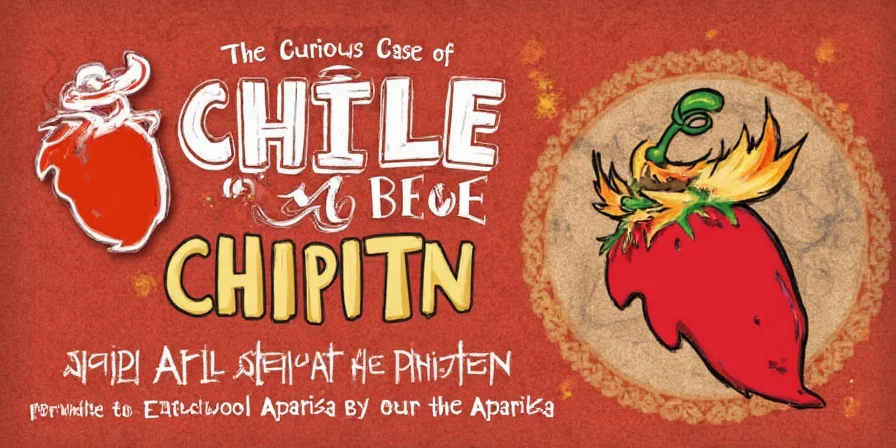
Beyond Burn: The Flavor Complexity
Chiltepin's true value lies in its triple-layered flavor profile impossible in cultivated superhots:
- Top Note: Bright citrus (grapefruit peel) from volatile esters
- Middle Note: Smoky minerality from volcanic soil absorption
- Finish: Lingering berry sweetness without habanero's pumpkin undertones
This complexity emerges because wild plants develop thicker capsaicinoid-rich placental tissue to deter mammals while attracting bird dispersers. When toasted, the sugars caramelize rapidly – explaining its irreplaceable role in Oaxacan mole de olla. Commercially grown substitutes lack this terroir-driven depth.
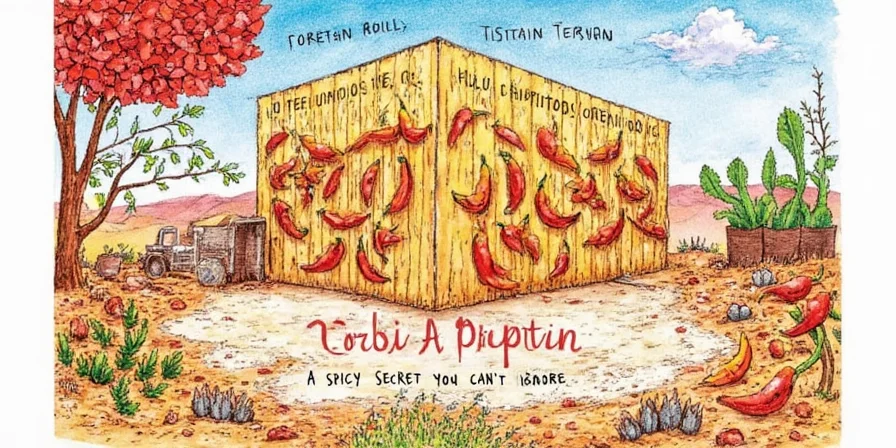
Precision Applications for Maximum Impact
Given its volatility, Chiltepin requires surgical application:
- Salsa Nuance: Add one whole chile per quart of salsa verde during final simmer – seeds remain intact to prevent over-extraction
- Meat Enhancement: Incorporate into adobo paste at 0.5% concentration for heat without dominating smokiness
- Oil Infusion Protocol: Heat oil to 120°C (248°F), add chiles for 90 seconds max, then immediately strain
- Mole Integration: Toast then grind with sesame seeds before adding to chocolate base – prevents bitterness
- Pickling Catalyst: Drop one chile into finished pickling liquid; wait 72 hours before use
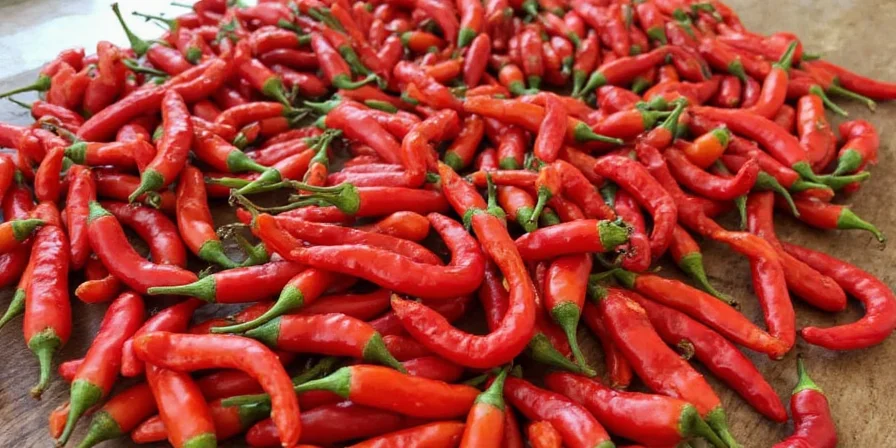
Advanced Handling Techniques
Professional protocols for optimal results:
- Terroir-Based Toasting: Mountain-grown specimens toast at 140°C (284°F) for 45 seconds; coastal variants require 120°C (248°F) for 75 seconds
- Controlled Seed Removal: Use dental picks to extract placental tissue without damaging fruit walls
- Barrier Protection: Nitrile gloves (not latex) required – capsaicinoids penetrate standard food-handling gloves
- Desiccation Monitoring: Store at 35% humidity; above 45% causes mold, below 25% accelerates flavor loss
- Fume Management: Use HEPA-filtered downdraft hoods – airborne capsaicinoids trigger respiratory reactions
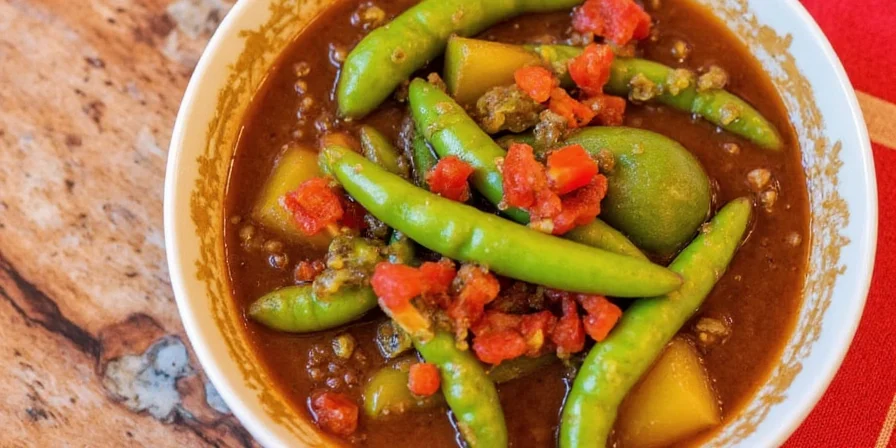
Sourcing Authentic Specimens
Authenticity requires verification beyond labeling:
| Authenticity Marker | Verification Method |
|---|---|
| Geographic Origin | Must specify Oaxacan sierra region (e.g., Sierra Norte) |
| Harvest Timing | October-November only (peak ripeness) |
| Wild Certification | Look for SEMARNAT wild harvest permits |
Beware of "Chiltepin" blends containing cultivated pequin peppers – a growing industry problem. Authentic specimens show irregular sizing (4-7mm) and deep crimson-to-purple hues. Reputable vendors provide harvest coordinates via QR codes. For home foragers: only collect after first autumn rains when birds begin dispersal.
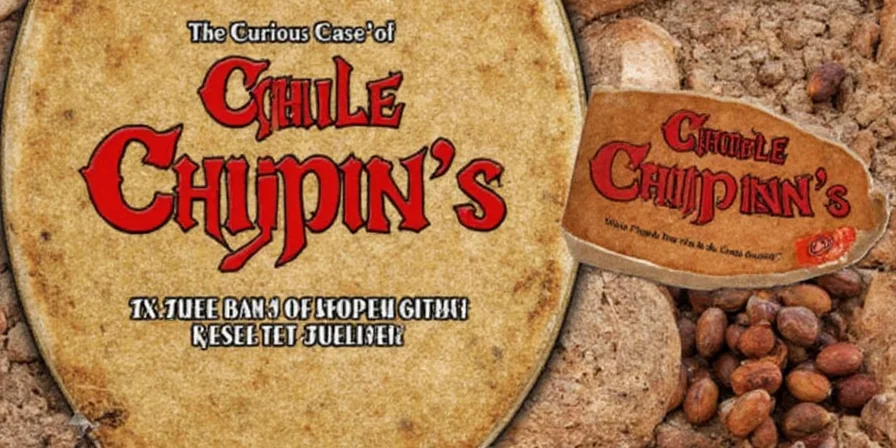
Strategic Heat Comparisons
Critical distinctions often misrepresented in culinary media:
| Chile | Heat Trajectory | Culinary Function | Chiltepin Advantage |
|---|---|---|---|
| Ancho | Slow-building, long-lasting | Base flavor | Instant impact without lingering burn |
| Guajillo | Moderate peak, quick fade | Acidity balance | Superior fruitiness without vinegar notes |
| Arbol | Sharp spike, medium duration | Visual garnish | Natural oil compatibility for even distribution |
| Ghost Pepper | Delayed extreme peak | Novelty heat | Predictable heat curve for recipe consistency |
Chiltepin's evolutionary purpose creates its culinary superiority: birds disperse seeds without damage, requiring rapid heat dissipation after consumption. This biological imperative translates to kitchen versatility unmatched by mammal-deterrent peppers.
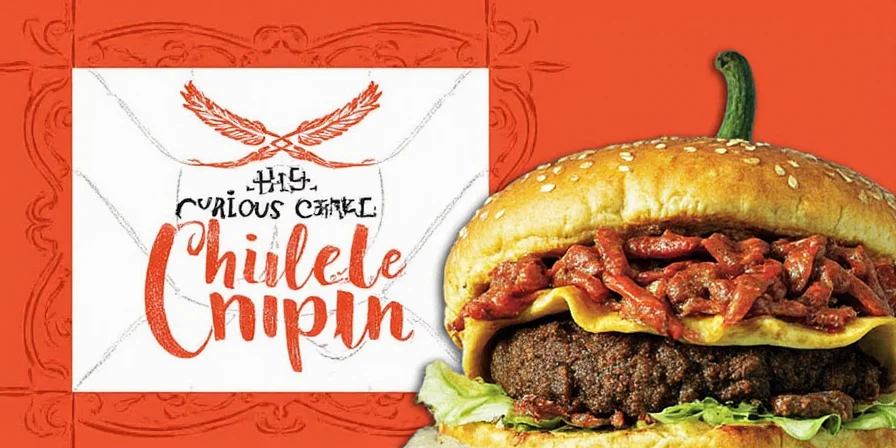
Final Assessment: Is It Worth Pursuing?
For serious culinary innovators, authentic Chiltepin delivers irreplaceable benefits: its wild-terroir complexity and precision heat control solve persistent challenges in high-end Mexican cuisine. However, its scarcity (less than 0.3% of Mexico's chile production) demands ethical sourcing. Prioritize vendors supporting campesino cooperatives in Oaxaca's Sierra Norte – these directly fund conservation efforts. When handled correctly, it elevates dishes beyond mere heat into experiential storytelling through flavor.
Home cooks should start with pre-ground blends from certified suppliers; whole specimens require professional handling skills. This isn't just another hot pepper – it's a disappearing culinary artifact demanding respectful engagement.
Essential Verification Checklist
- Wild-harvested exclusively in Oaxacan highlands
- Documented harvest window (Oct-Nov)
- Size variance 4-7mm per specimen
- Heat range 35k-125k SHU (lab-tested)
- Triple-layer flavor profile (citrus/smoky/berry)
- SEMARNAT sustainability certification
- Nitrile glove handling required
Frequently Asked Questions
Why does Chiltepin have such variable heat levels?
Wild Chiltepin's heat varies due to microclimate conditions. Plants in higher elevations develop thicker capsaicin-rich placental tissue as mammal deterrent, reaching 125,000 SHU. Coastal variants average 55,000 SHU. This natural adaptation doesn't exist in cultivated peppers.
Can I substitute Chiltepin with store-bought 'tepin' peppers?
Most commercial 'tepin' products are cultivated pequin peppers. Authentic wild Chiltepin has irregular sizing (4-7mm), deep crimson-purple hues, and a distinct citrus top note. Always verify Oaxacan Sierra Norte origin and SEMARNAT certification.
What makes Chiltepin safer to handle than habaneros?
Chiltepin's capsaicinoids have lower molecular weight, requiring nitrile (not latex) gloves for protection. Crucially, its heat dissipates faster than habaneros, reducing risk of prolonged skin irritation. Always use HEPA-filtered ventilation when toasting.
Why is Chiltepin critical for authentic Oaxacan mole?
Its rapid heat dissipation allows complex spice layering without overwhelming chocolate notes. Cultivated substitutes create bitter undertones when toasted. Chiltepin's berry finish complements mole's fruit ingredients, creating the signature 'sweet burn' Oaxacan chefs prize.

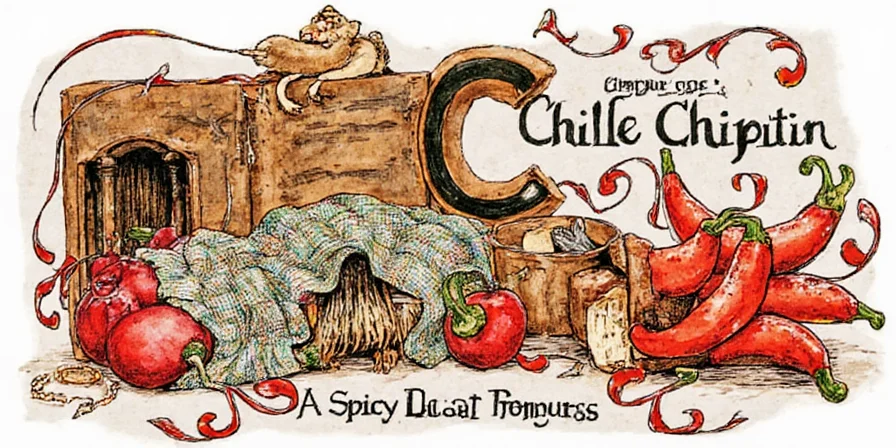









 浙公网安备
33010002000092号
浙公网安备
33010002000092号 浙B2-20120091-4
浙B2-20120091-4